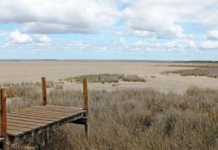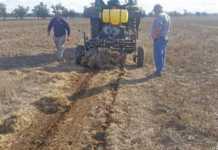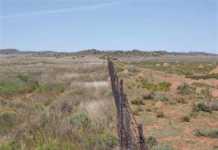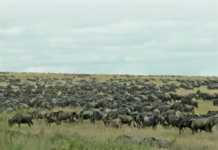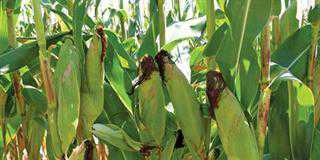There is a direct correlation between the ever-increasing price of crude oil and diminishing farm profit margins. The surest way to ward off this economic squeeze is to use less energy on the farm by farming biologically. By optimising nature’s contribution to virtually every farming system, you can cut back – sometimes radically – on inputs. But for it to be successful, you need to plan and be aware of the pitfalls. Here are two that have caught many farmers venturing into biological farming for the first time:
Pitfall 1: Starting a project on a large production scale.
No matter how well you plan, it’s unlikely that a new project will yield the projected profit the first time round. Therefore, it’s wise to tackle all new projects on a scale that will not have serious financial consequences if the expected profits do not materialise. A businessman I know lives in a city two hours away from his Highveld farm, where he has about 400ha under irrigation. The previous owners gave up on the land after trying to grow maize, soya beans and potatoes. This was due to the entire irrigable area being subject to short periods of flooding and waterlogging, resulting in severe crop losses.
Wanting to produce grass-fed beef, the new owner decided to plant multi-species pasture (MSP) tolerant of these conditions. He reasoned correctly that adding weight to purchased beef weaners on high-quality MSP was far cheaper than grain feedlotting. Moreover, it’s a sound biological farming practice: energy required per kilogram of gain is far less than with feedlot gains.
READ MORE: Biological farming – it works for them!
He set up large pivots on the MSP and planted a few other lands to annual winter greens to get the weaners through the first winter. The MSP pastures were established late in autumn and by early summer they were a showpiece. Because of the late planting, the annuals came into their own only in spring. The scene was set to background a large number of weaners.
The problems started when the farmer appointed managers without hands-on experience of managing so many weaners on pasture. They irrigated only when the pasture showed signs of drought stress, and they monitored weaner mass gains by weighing a randomly selected group once a month – a real hit-and-miss system. Needless to say, the projected profits were not realised. My message is: sort out your problems before you go big!
Pitfall 2: Failure to work through problems.
Some farmers have heeded my advice to start off small. But when things haven’t worked out as they envisaged, they give up. I often write about Willie Nel of Moolmanshoek, Ficksburg, who shaped my career. Willie drew me into his vision of growing pastures that needed little or no annual fertilisation. But it took three years of working through failures before we achieved some success. I sometimes lost hope, but Willie always saw success in the failures – to him they were vital clues to solving our problem!

